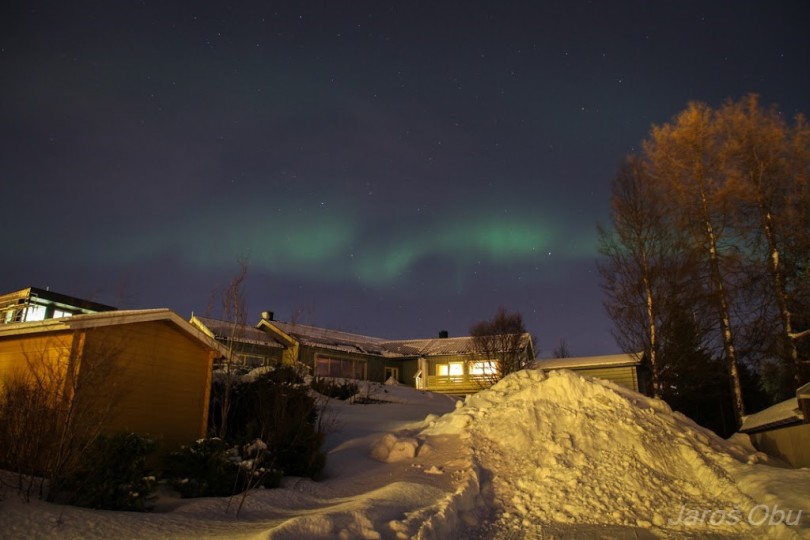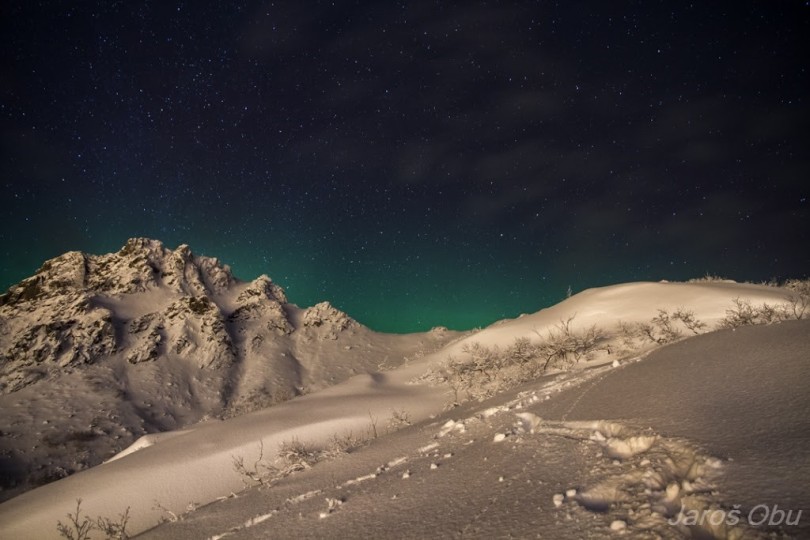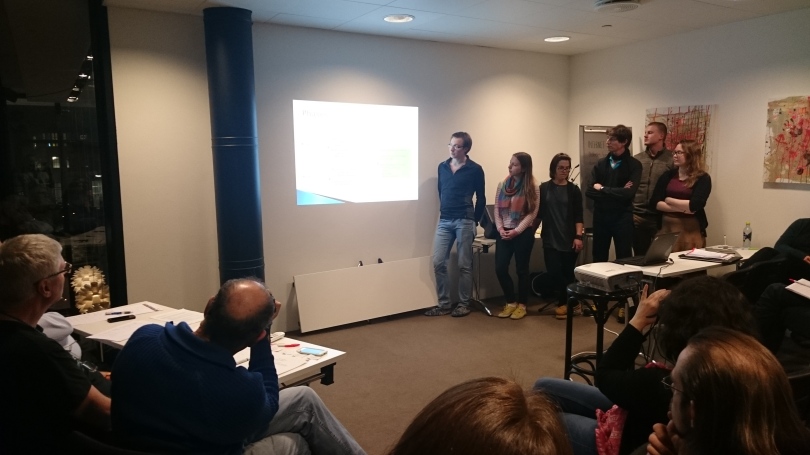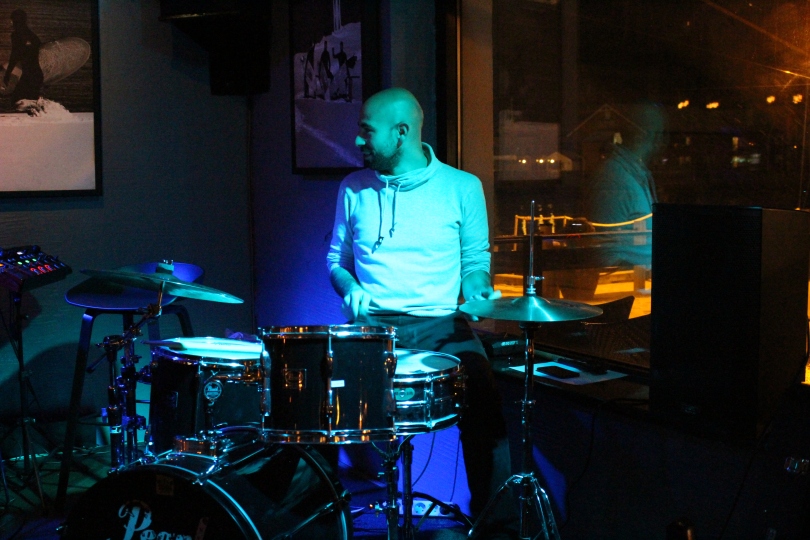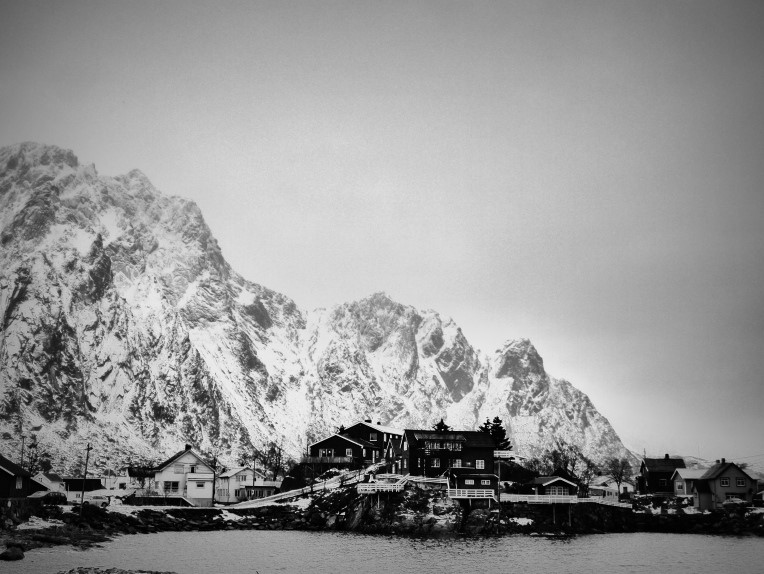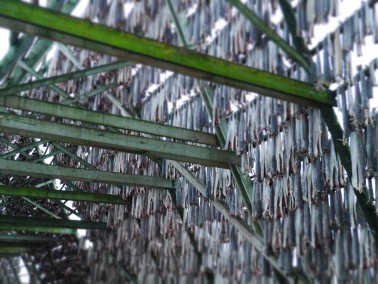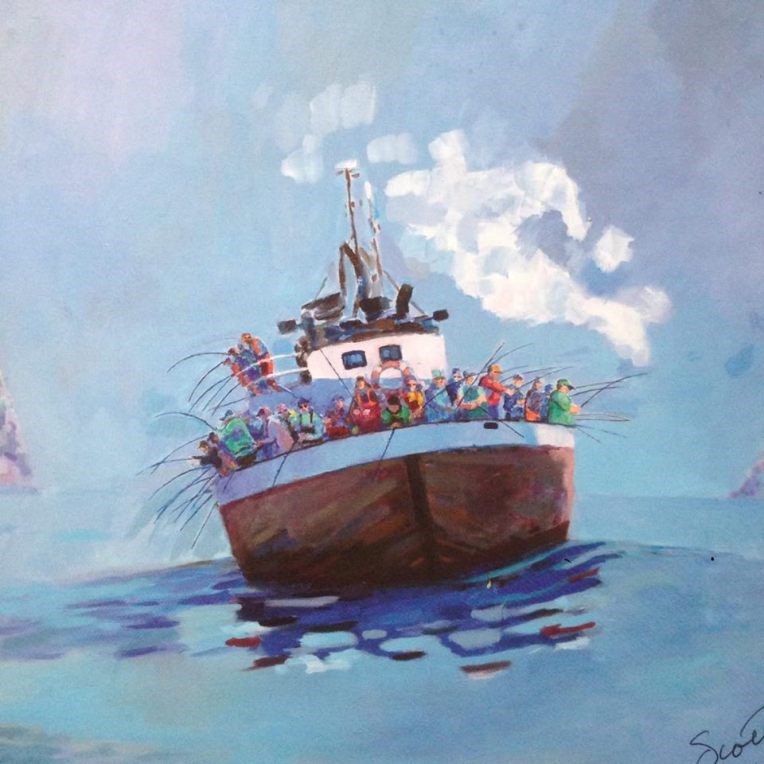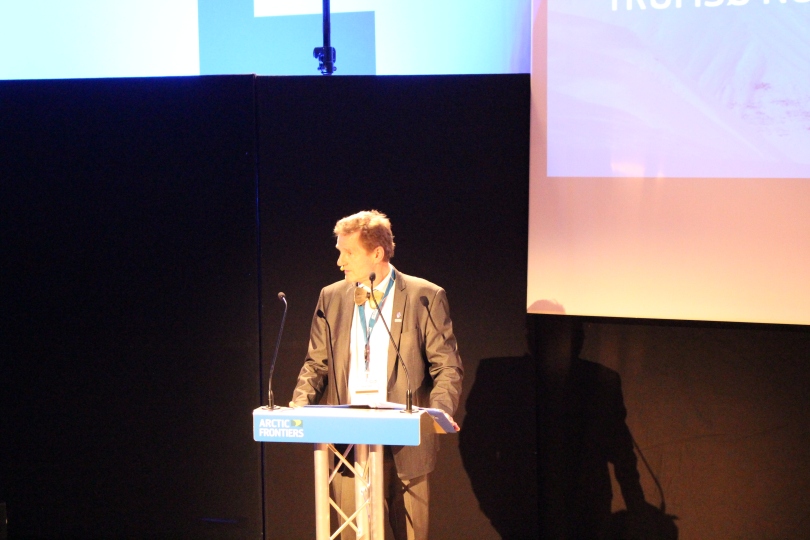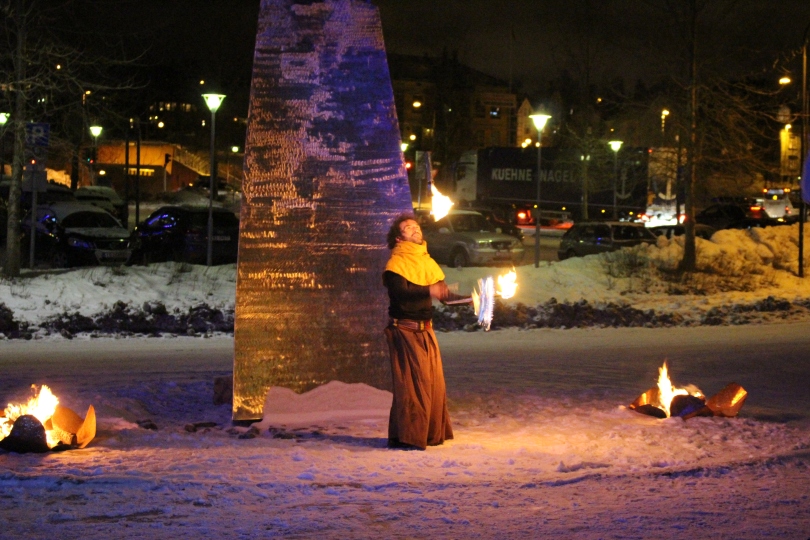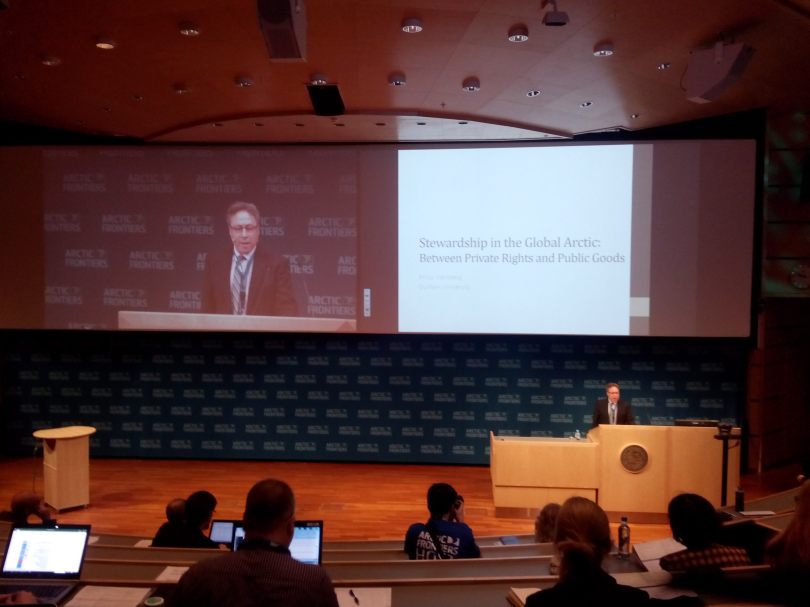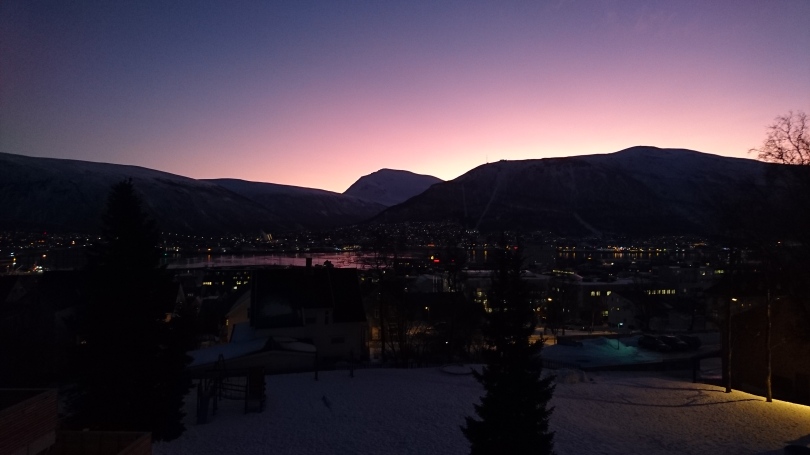Written by Vesa Väätänen, PhD student at the Geography Research Unit, University of Oulu, Finland
The latest Arctic Frontiers PhD workshop took place in January 2016 together with the Arctic Frontiers conference titled ‘Industry and Environment’. As the 2017 conference is getting very close, I would like to reflect the experience of the 2016 conference from a perspective of a social scientist, which I take myself to be as a political geographer.
Arctic Frontiers is a well-established conference dealing with Arctic issues. It has brought people from the fields of science, politics and business together for several years now. As knowledge regarding the various processes of change affecting the Arctic region has been built up, calls for more comprehensive approaches integrating sound science, political decision-making and economic practices have become more vocal. At a glance Arctic Frontiers provides a platform for just that. The question remains whether this kind of interaction truly happens, or do politicians, scientists and business people just show up in Tromsø every year for the sake of politics, science or business. In other words, do politicians only show up to meet other politicians, and to promote their viewpoints to each other, and to bask in media spotlight? Do business people only show up to meet other people of the business community to network and enhance prospects of economic development and profit-making in the Arctic? Do researchers only show up to promote their own research and to discuss issues with other people doing research on same scientific fields as themselves? These are the questions that from my point of view are crucial regarding the practical value of Arctic Frontiers in contributing to more comprehensive approaches on Arctic issues. Furthermore, in a more general perspective these questions are focal when thinking about global approaches on the Arctic in any given context.
At this point I have to say that perhaps one shouldn’t be too skeptical since political decision-making regarding Arctic issues is more often than not informed by scientific knowledge, especially regarding environmental factors. Through political processes scientific knowledge also guides the ‘invisible hand’ of economic practice in the region, which induces more environmentally and socially sustainable practices. The point is, however, in imagining the bigger picture. Are people operating in these three fields really as informed, or even interested in what takes place in the other two? This is the interplay that intrigues me. In Arctic Frontiers 2016 the policy, science and business sections were quite clearly separated from each other. As the conference started with the policy section, it was clear that media showed interest and security was on high alert. After the politicians left, and one could say that they really did before the science section started, it was clear that a true interplay and discussion did not take place at least on a large scale between politicians and scientist in the confines of the conference. Similarly, as UiT campus functioned as the venue for most of the events in policy and science sections, the business section mainly took place in downtown Tromsø, meaning that a buffer zone of a few kilometers was left between the scientist and business people.
This seclusion (undeniably also stemming from logistical and practical constraints) serves to undermine the interrelations between policy, science and business in the Arctic context. If we first think of science, one could ask how much of the research presented in the conference has received funding from an institution or organization directly or indirectly under political steering. It’s impossible to tell, but a large chunk, I guess. Thus what researchers do depends to a great degree on political decisions, and in some cases serve directly the political agenda of the funder. Perhaps we as scientists do not reflect on that connection too much, as we are just pleased to have received funding to pay our bills. Another issue that scientists do not perhaps think about too often is the contribution of our research to economic development in the Arctic. As regulatory policies are informed to a large degree by research on the effects of economic practices on the environment and people living in the Arctic, much of the knowledge produced through Arctic research is then utilized by economic actors, such as companies to meet those regulations and to overcome other barriers. This enables economic development, such as resource extraction that would otherwise not have happened. Then again the promises of economic profit drive the political forces that influence what research is being funded and so on, and so on. I would suggest that we can see a clear pattern here.
I would like to again remind at this point, that one should not wane into despair by thinking that each field and each person are just parts of a big profit-making machine where policy and research merely serve the interest of capital. Rather the point of this short reflection is to encourage people in politics, business, and especially in science to identify their role in this cycle. By acknowledging the wider effects of each political decision, each investment and each published research paper we can lose the field-centric blindfolds to really encourage dialogue between the fields to simultaneously critically examine the effects retaining the blindfolds may have. If this seems like too ambitious a goal on the short term, at least I would encourage people to maintain a critical eye on what we are doing, and what others are doing around us.
This is the point I would especially like to make for PhD students in social sciences pondering whether or not to apply for the Arctic Frontiers PhD workshop. In addition to being a great opportunity to meet and have fun with other people from multiple fields of science (and why not politics and business), the conference part of the workshop provides a good setting for participant observation to examine how the politics, business and science in the Arctic Frontiers may, or may not come together. Needless to say, this kind of an analytical approach to the conference should not stand in the way of fully enjoying the great experience that the conference and the PhD workshop provide.



